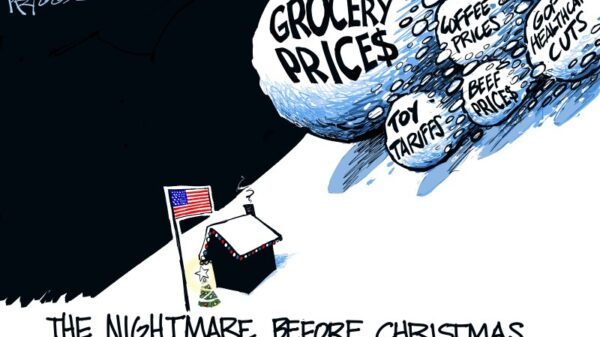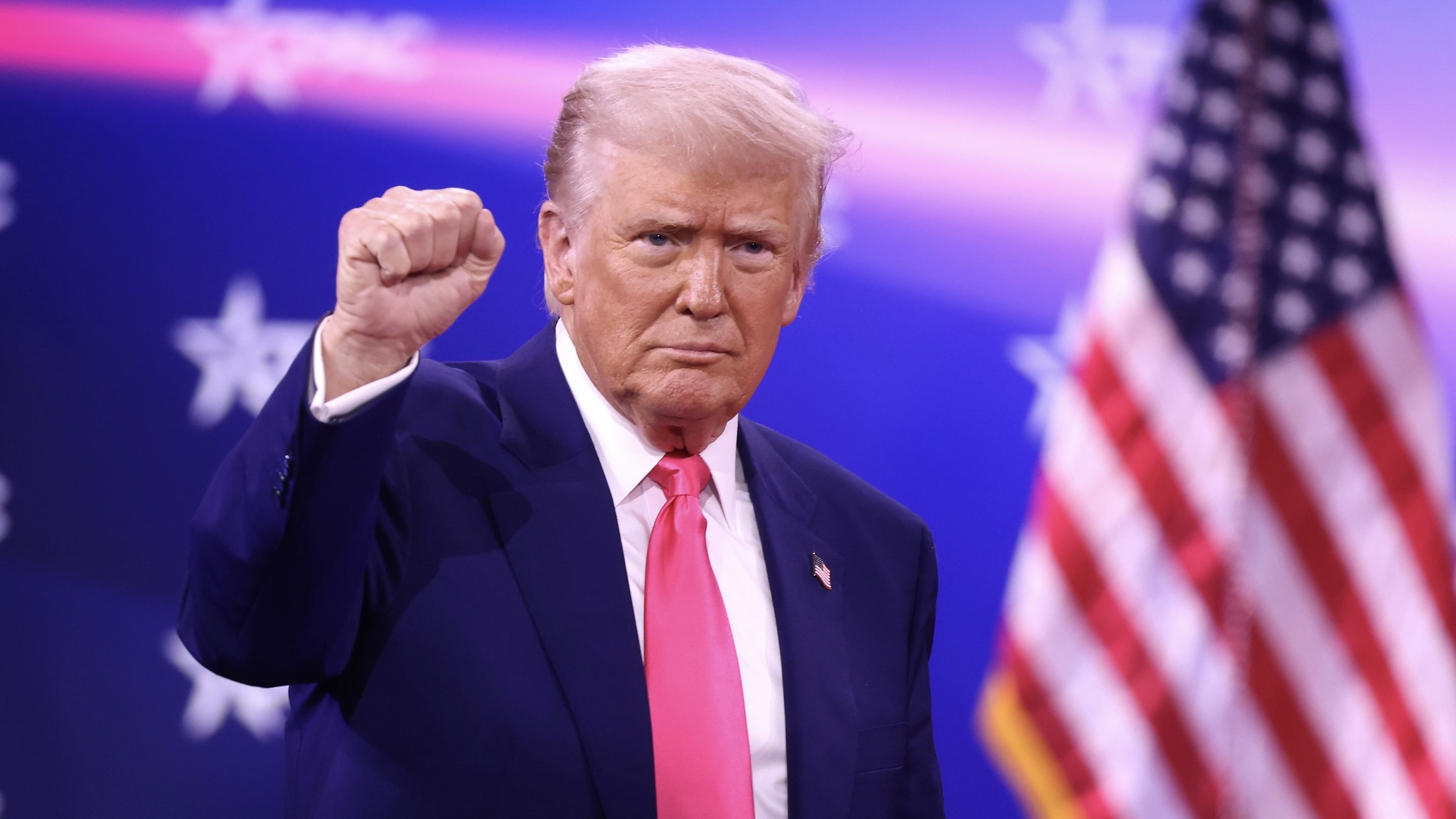In a dramatic escalation of trade tensions, President Donald J. Trump announced on November 1, 2025, that the United States will impose a 100% tariff on Chinese goods. The announcement, made via the Truth Social platform, marks a significant shift in the administration’s approach to its ongoing economic conflict with China. This decision is a direct response to what Trump characterized as China’s “extraordinarily aggressive” trade practices, particularly following Beijing’s introduction of new export controls.
The tariffs are set to take effect in just over two years, but Trump indicated that the implementation could be expedited depending on China’s actions in the interim. He expressed strong disapproval of China’s recent trade policies, labelling them a “moral disgrace” in their dealings with other nations. The president’s remarks come amid a backdrop of increasing restrictions imposed by China, which he claims will have a far-reaching impact on multiple countries, not just the United States.
In conjunction with the new tariffs, the Trump administration plans to introduce additional export controls on the same date. These measures aim to restrict China’s access to “critical software,” thereby intensifying the already fraught economic relationship between the two powers. Trump’s announcement follows a series of escalating measures from both sides, including China’s recent imposition of new port fees on American vessels and an antitrust investigation into the US technology firm Qualcomm.
The trade dispute has also led to significant consequences for American agriculture. China has halted purchases of US soybeans, a move that has created considerable disruption for American farmers struggling in an uncertain market. On Friday, the US stock market reacted negatively to the news, with significant declines attributed to the rising tensions and threats from both governments.
Background and Broader Implications
The latest developments come against the backdrop of a complex trade environment. Existing US tariffs on a variety of Chinese products currently stand at nearly 145% but are temporarily paused until November 10, 2025. This pause was initially intended to facilitate negotiations for a more comprehensive trade agreement. Before this temporary truce, Chinese tariffs on US goods had peaked at 125%.
The situation is further complicated by an upcoming legal challenge set to be heard by the US Supreme Court next month. This case addresses the legality of Trump’s extensive “reciprocal” tariffs. A ruling against the administration could have profound ramifications for its entire tariff strategy. Additionally, new duties on kitchen cabinets and vanities took effect on October 1, 2025, with further tariffs on timber and wood products scheduled for October 14, 2025.
As negotiations and retaliatory measures continue, the landscape remains volatile. A separate pause on tariffs affecting imports from Mexico is also expected to expire early next month, adding another layer of unpredictability to the ongoing trade discussions.
The escalation of tariffs and export controls signals a hardening of stances on both sides, raising concerns among businesses and investors about the future of US-China relations. As the situation develops, analysts will closely monitor the potential impacts on global trade and economic stability.






































































